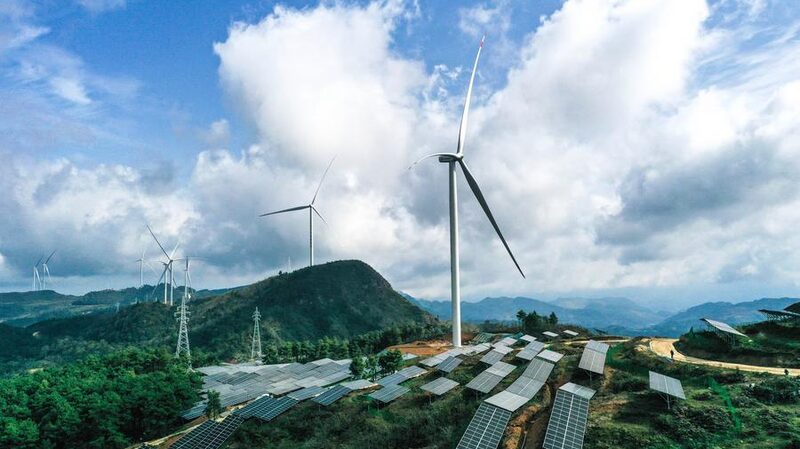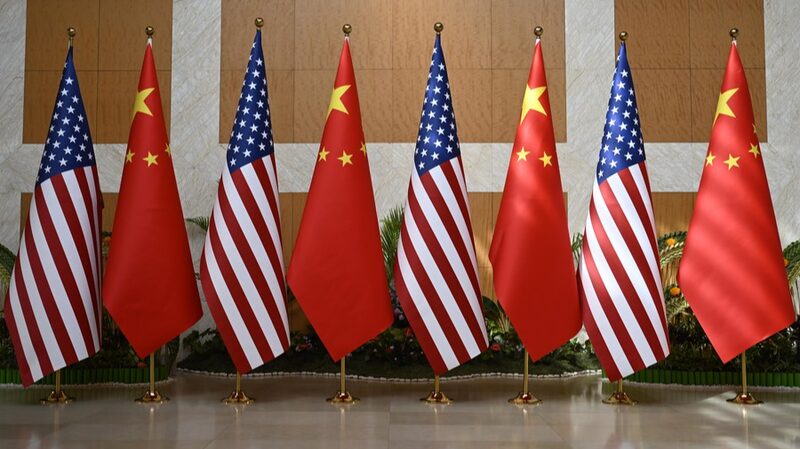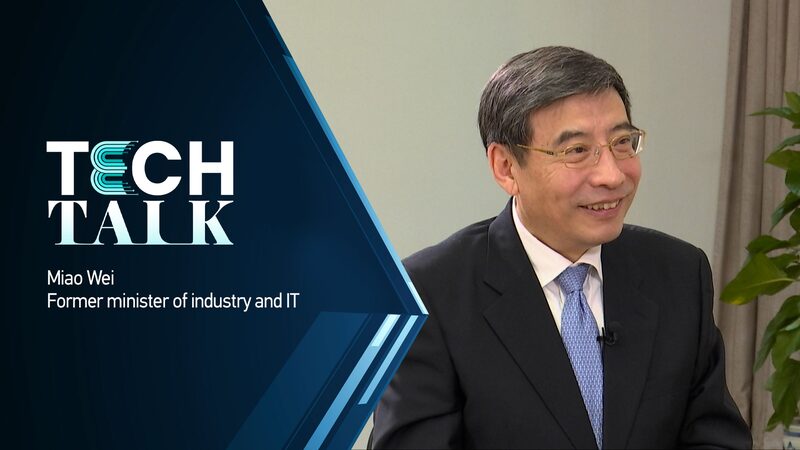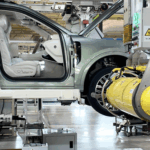American officials visiting China lately, from Secretary of the Treasury Janet Yellen to Secretary of State Anthony Blinken, have raised concerns about China's \"overcapacity\" in the new energy vehicle (NEV) sector. However, recent data and expert opinions suggest that these fears are unfounded.
Statistics Speak for Themselves 📊
According to the China Association of Automobile Manufacturers, in the first quarter of 2024, China produced approximately 2.12 million NEVs and sold around 2.09 million units. Only 14.7% of these sales were exported. In contrast, Germany exports nearly 80% of its automobile output, while Japan and the U.S. export about 50% and 20% respectively. Chinese NEV exports to the U.S. stood at around $368 million in 2023, compared to the EU's $7.4 billion.
German consultancy JSC Automotive reports that major Chinese NEV exporters like BYD and SAIC Motor have capacity utilization rates above 80%, indicating that production aligns with market demand. The majority of China's NEV output serves the domestic market, showcasing a balanced and sustainable industry.
Nicholas Lardy, a senior fellow at the Peterson Institute for International Economics, highlighted, \"This overcapacity idea is that you shouldn't produce more than you can sell domestically. If that was carried to an extreme, that would mean no trade globally.\"
Globalization naturally drives manufacturers to cater to both domestic and international markets. Companies worldwide, including those in the Chinese mainland, compete fairly to secure their place in the global market.
Broken Logic ❌
Some Western critics accuse China of gaining global market share for green products through \"unfair practices.\" In reality, China's NEV products are competitive because of early investments in research and development, leading-edge technology, and a robust supporting industry ecosystem. This strong foundation ensures that Chinese NEVs are not overproduced but are meeting genuine market demands.
Meanwhile, the U.S. and several European countries are implementing massive subsidies for their clean energy industries. The American Inflation Reduction Act includes approximately $369 billion in tax incentives and subsidies for clean energy sectors, including EVs. European nations offer various subsidies, from corporate tax breaks to individual purchase incentives.
Chinese Ambassador to the U.S. Xie Feng emphasized, \"Globally, green capacity is not excessive, but in dire scarcity, and the problem now is not 'overcapacity,' but 'over-anxiety.'\" A Bloomberg report echoed this sentiment, stating, \"The issue for advanced economies appears to be more that Chinese companies are more efficient rather than loaded with excess capacity.\"
The latest \"overcapacity\" allegations are seen as a form of green protectionism aimed at curbing China's industrial progress and maintaining dominance in the auto market.
The World Needs More Green Capacity 🌍💚
For developing countries and emerging markets, China's manufacturing prowess offers opportunities to accelerate development and green transitions. Projects like the Chinese-built Al Dhafra PV2 Solar Power Plant in Abu Dhabi enhance energy security in the UAE. Additionally, BYD's factories in Brazil and Uzbekistan, along with plants from battery giants SVOLT and EVE in Thailand and Malaysia, bring investment, jobs, and help build local green industry ecosystems.
Reference(s):
cgtn.com






